Leo evaluated the initial Fractal Age more than four years ago and he significantly appreciated the enclosure for its fashionable appearance and outstanding construction quality. Nevertheless, the thermal efficiency – specifically with the solid upper panel option installed – was not satisfactory, to say the least. Therefore, Fractal has revisited the design phase and completely restructured the internal arrangement to enhance cooling and hardware accommodation, providing us with the Age 2.
Timestamps:
00:00 Kickoff
00:42 Details and pricing of Age 2
01:44 Insights from James
02:18 Disassembling panels – an internal glimpse
03:45 Support for radiator/fan
04:59 ‘Central backbone’ system / riser cable
06:28 Installation of GPU
07:10 Fan inlets / cooling
07:56 Close-up interior / PSU
10:27 Supplementary items
10:36 System for testing / Installation
12:23 Evaluation of Thermal & Noise Performance
13:49 Final Thoughts
Fractal Age 2 Characteristics:
- Compatible with 3 slot graphics cards up to 326mm long and 63mm thick in maximum GPU configuration mode.
- Optimized for AIO CPU cooling with room for up to 280mm radiator setup.
- AGE 2 showcases tool-free chassis access, a single-piece slide exterior panel, and a push-to release top bracket for swift and facile assembly.
- Furnished with a sliding central wall offering 15mm of maneuverability for augmented flexibility in assembly, allowing for larger graphics cards or taller CPU coolers.
- Accompanied with the Age 2 is a PCIe Generation 4 riser cable, specialized mounts for up to four 2.5-inch storage drives, and a front I/O panel featuring two USB 3 type-A ports and a USB Type-C 20Gbps port.
Technical Specifications:
- Chassis Type: SFF (Small Form Factor)
- Dimensions (Width x Height x Depth): 366mm x 165mm x 314 mm
- Weight: 4.64 kg
- Materials Used: Steel, Aluminum, Plastic, Walnut
- Motherboard Compatibility: Mini-ITX
- Expansion Slots: 3
- Storage Bays: 4 x 2.5”
- Maximum GPU Length: 326mm
- Maximum GPU Height: 137mm
- Maximum GPU Thickness: 63mm (Max GPU Configuration) 48mm (Max CPU Cooler Configuration)
- Maximum CPU Cooler Height: 70mm (Max GPU Cooler Configuration) 55mm (Max CPU Cooler Configuration)
- Maximum PSU Size: Standard SFX/SFX-L
- Pre-installed fans: 2 x 120mm Fractal Aspect 12 PWM (Floor)
- Fan Support: (Front) N/A (Top) 2 x 120/140mm (Side) N/A (PSU Shroud) N/A (Bottom) 2 x 120mm (Rear) N/A
- Radiator Support: (Top) 120/140/240/280mm (Side) N/A (Front) N/A (Bottom) N/A (Rear) N/A
- Dust Filtration: Bottom
- Front I/O: 1x USB 3.2 Gen 2×2 Type-C, 2x USB 3.0 Type-A, 1x CTIA Combined headphone/microphone audio jack, Power button with LED
- LCD Screen: N/A
Thermal Performance Assessment
To replicate thermal requirements, we conduct the Cinebench R23 multi-thread benchmark and concurrently run the 3DMark Speed Way stress test in a loop for 30 minutes to fully stress the system. This allows the CPU and GPU adequate time to reach a constant steady-state temperature. Based on this data, we can assess how the system manages the thermal demands and gauge peak noise levels.
Thermal efficiency is evaluated with the case in different configurations, such as default settings, with the tempered glass left panel removed, and with the front panel off to observe the impact on CPU and GPU temperatures. Only stock case fans are used during testing unless otherwise indicated. All water pumps operate at maximum RPM, and fans follow a custom RPM curve set by the Motherboard software/BIOS.
All temperature readings are displayed as Deltas – indicating the deduction of ambient temperature from the CPU temperature to yield a Delta. The data depicted in the charts represents the average component temperature throughout the test duration as recorded by HWiNFO, with the final 15-minute segment’s data calculated for the average. During thermal assessments, the ambient temperature ranges between 19-20⁰C.
System Specification for Testing:
Summary of Thermal Performance
We evaluated the case temperatures with a 240mm AIO CPU cooler installed on the top and in various configurations.
The default case configuration with all panels intact exhibited commendable thermal performance. With the CPU temperature averaging 68°C above ambient, it was only around 9 to 10°C hotter than the 7800X3D in our initial review, despite using a smaller radiator in a closed case with added GPU heat.
Removing the top panel and bottom dust filter had minimal impact on the CPU and GPU temperatures, indicating they are not overly restrictive. Even with all side panels removed to convert the case into an open frame, there was marginal effect on the CPU or GPU temperatures, signifying that the default setup of the case effectively maintains internal components cool and operational at optimal levels.
Noise Emission
Throughout the noise evaluations, we observed some peculiar resonating or vibrating noise, resulting in elevated readings under load.
As fan speeds escalated due to rising component temperatures, the noise levels with this resonating sound peaked at 60dBA, which became quite distracting. At lower fan speeds during system idle phases, the noise subsided to a standard level of approximately 36 decibels.
Concluding Remarks
Collectively, we appreciate the Fractal Age 2. It retains exceptional construction quality and a premium ambiance with the anodized aluminum exterior and sturdy walnut upper panel akin to its precursor, but now Fractal has enhanced hardware support, particularly for larger graphics cards. The swift panel removal process makes it effortless to disassemble for internal hardware installation and access. While it is a somewhat snug fit for space, a common trait in compact ITX cases, it remains relatively straightforward to build within.
The absence of ATX power supply compatibility is not a concern as the costs of SFX/SFX-L units are decreasing, and the power output of SFX supplies is continuously escalating. It is becoming increasingly common to encounter SFX power supplies rated at 1000W or more (like the Corsair SF1000 unit), which should suffice for any ITX build. Eliminating ATX PSU support has broadened the scope for installing larger, superior, and swifter hardware, which is always advantageous.
The only minor drawbacks are the noise levels that can be heightened with specific fans due to resonating/vibrating noise transmitted to the chassis. However, this does not apply to all fans and may be limited to the Cooler Master SickleFlow Edge 120 fans utilized in thermal tests. Substituting these with Fractal Aspect 12 fans on the AIO almost eliminated the resonating noise, indicating that the issue was more associated with the case/fan combination rather than solely the case.
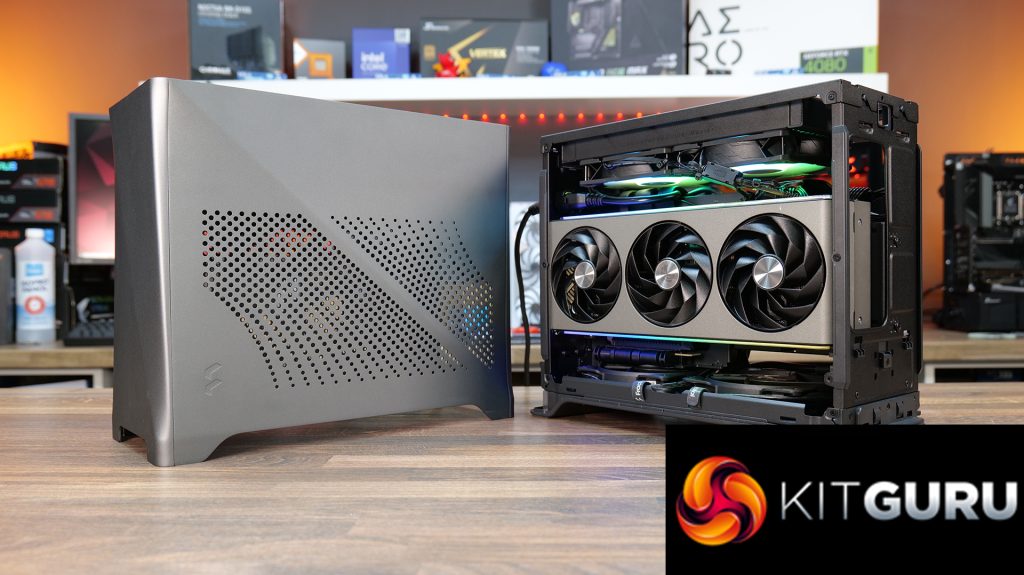
Aside from that, there is little room for complaint, except that cable management might pose challenges during assembly. Some pre-routed cables may require adjustment depending on motherboard connector placements, and the front panel power button cable was marginally short for neat routing using the MSI MPG B650i Edge WiFi motherboard, but this was not significant.
The Age 2 boasts a compact design with a relatively small footprint, ideal for fitting into compact desk spaces. Thermal efficiency is commendable, hardware support surpasses that of the previous Age chassis, and the case maintains the high-end appearance and tactile sensation typically associated with Fractal. The only drawback is that the Age 2 bears a premium price tag of £195 MSRP. Nevertheless, given its robust construction, premium materials, and inclusion of a PCIE Gen4 riser cable, it may be justified to pay a little extra for it.
The Fractal Age 2 is anticipated to launch in the UK in October 2024, although the exact release date has not been confirmed yet.
Advantages:
- Superb construction quality.
- Effortless removal of side panels – can be done single-handedly.
- Excellent thermal performance.
Disadvantages:
- Cable management may pose challenges.
- Unusual resonating noise with specific high-speed fans when using an AIO cooler.
- Relatively high price tag.

Support our work by becoming a Patron!


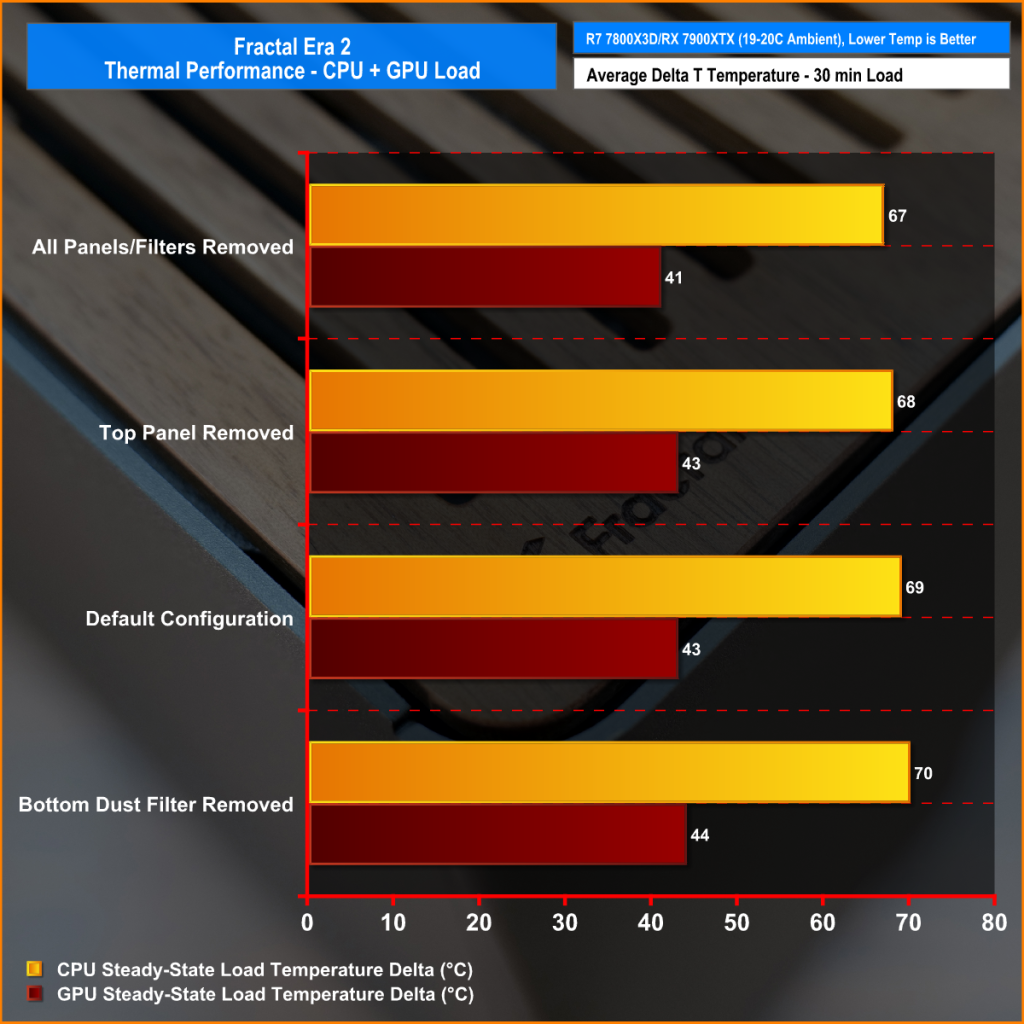
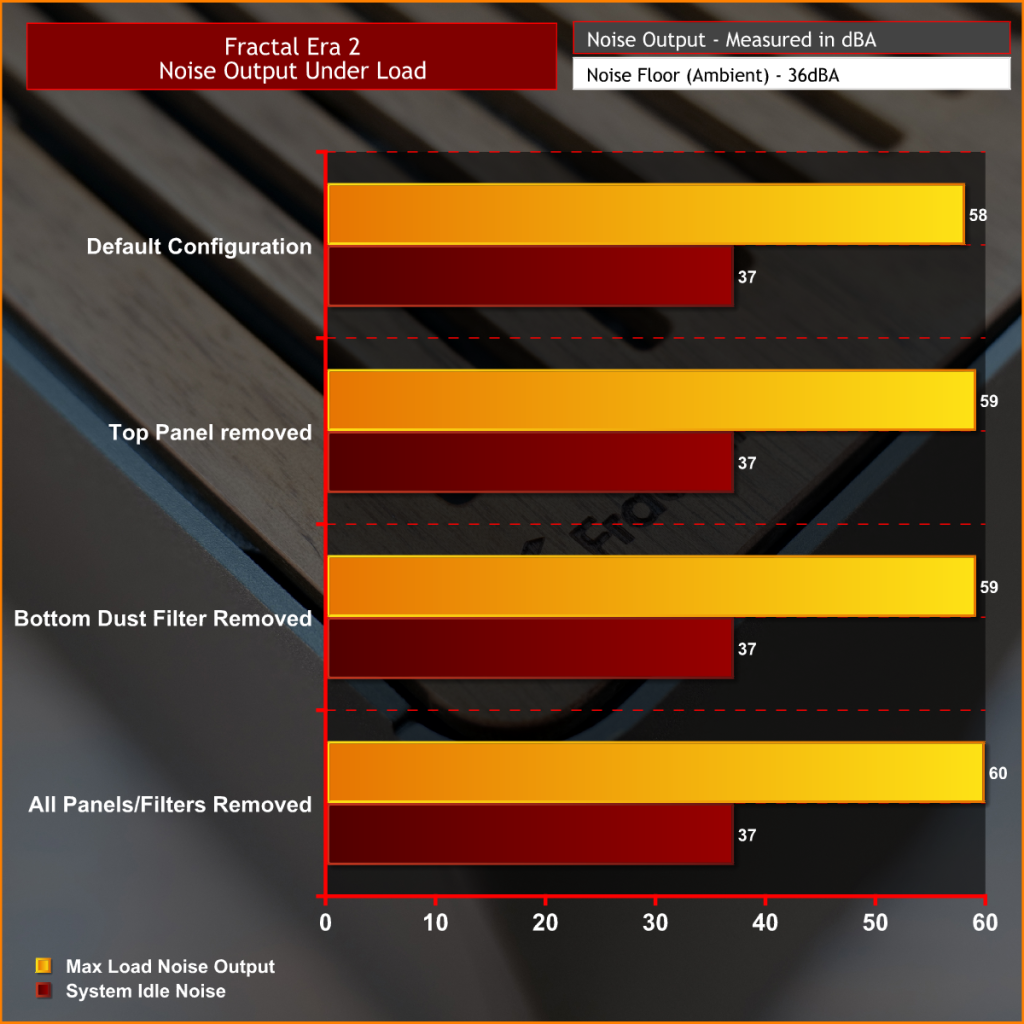

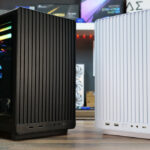
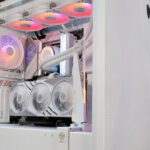

![[Computex] Fractal reveals a seat, earphones...and 2 casings. Fractal-Computex-siege-casque.jpg](https://dvd.gr/wp-content/uploads/2024/06/Fractal-Computex-siege-casque-150x150.jpg)




